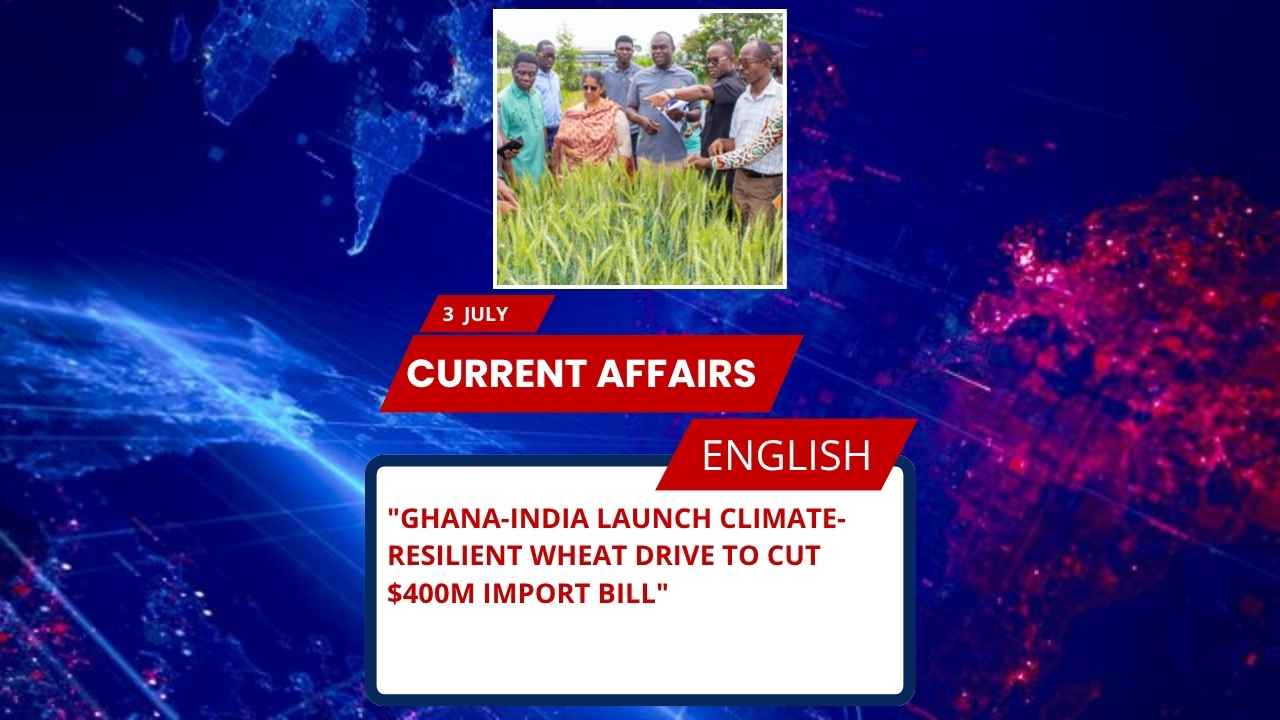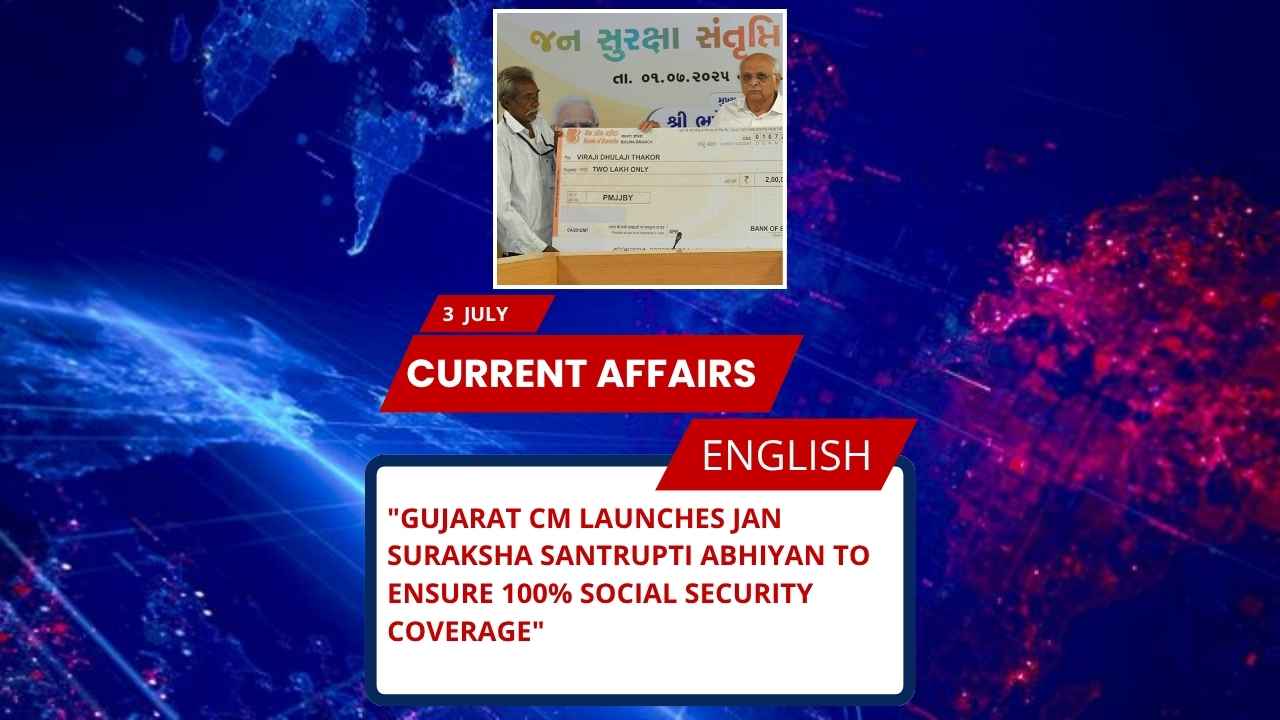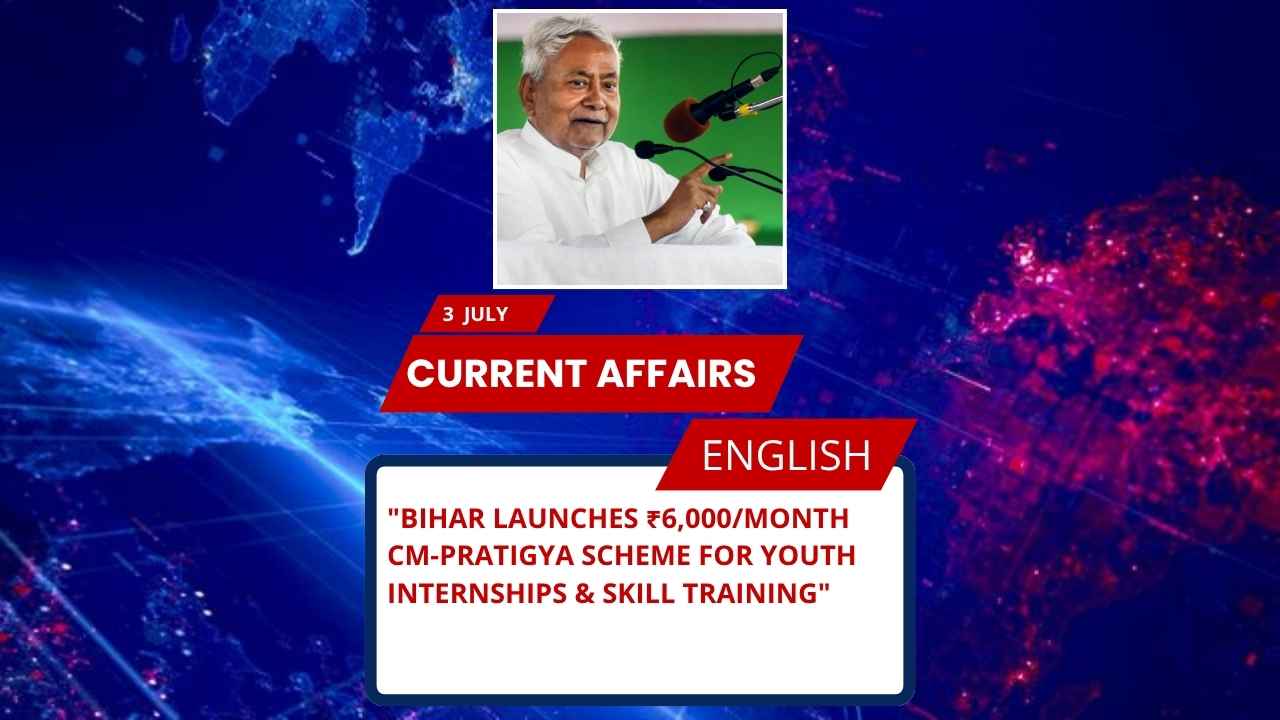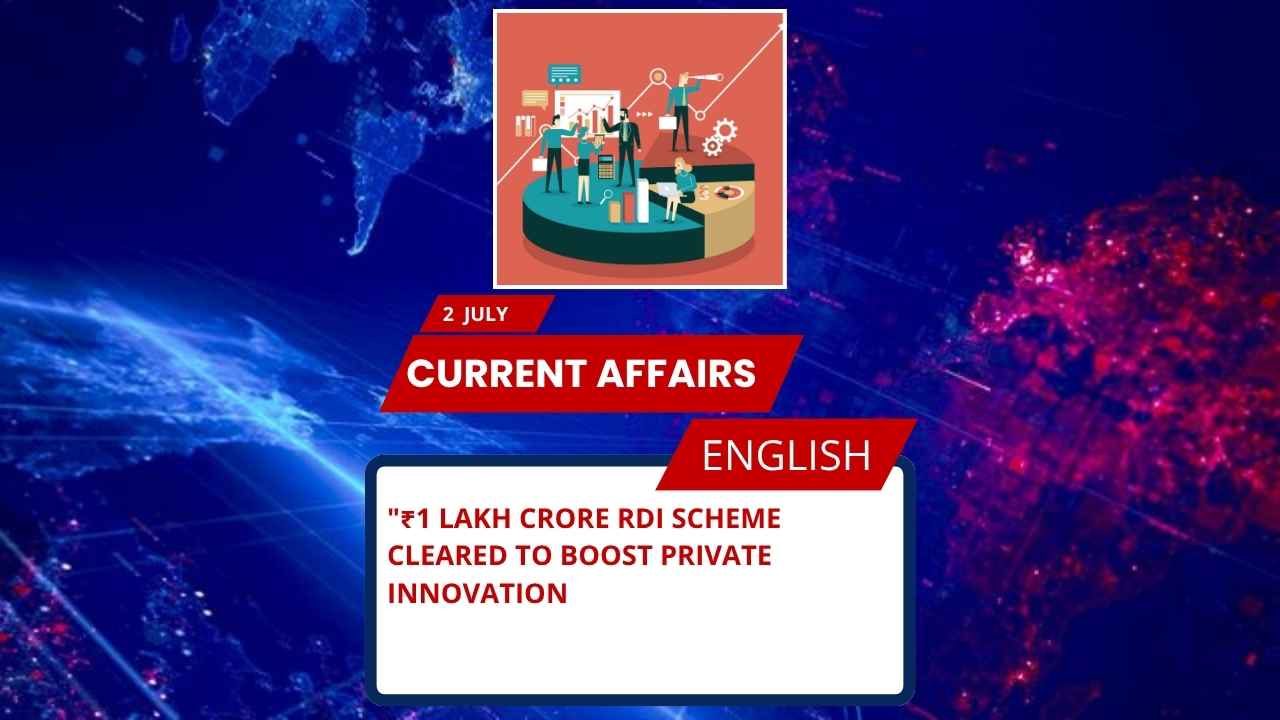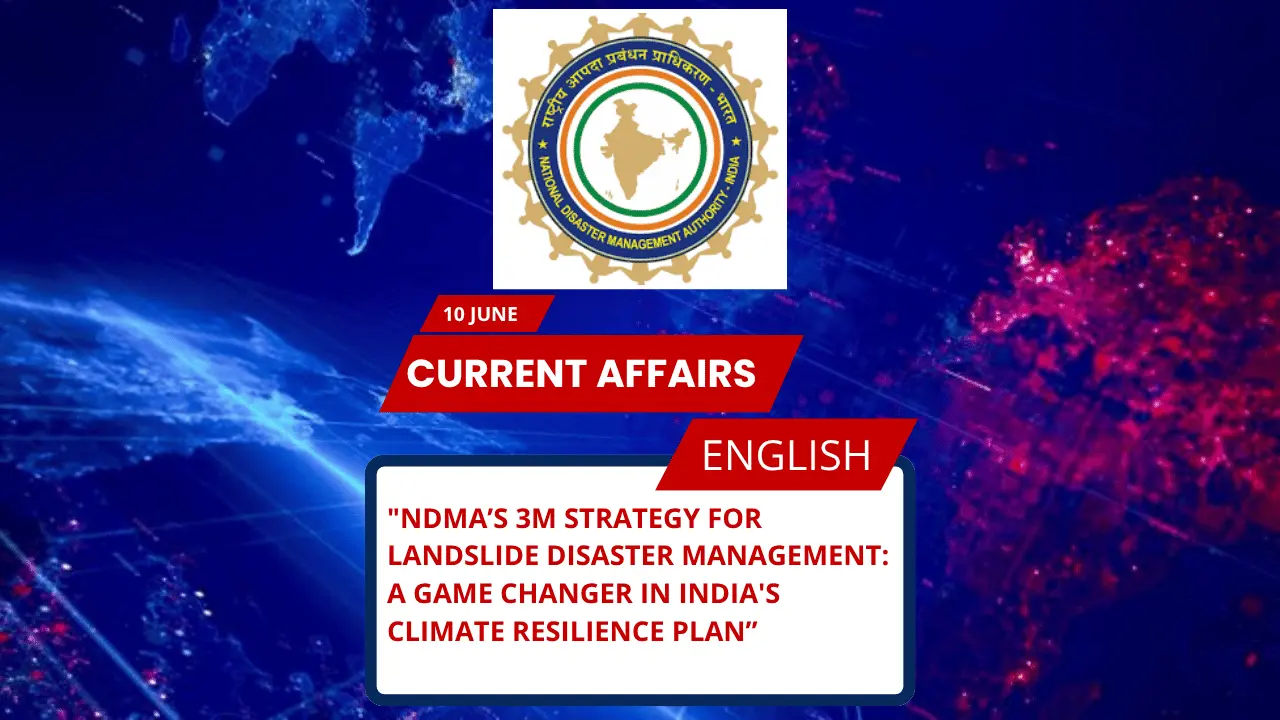
Key Points for SSC, UPSC, and Other Government Exams:
- NDMA is adopting a 3M approach: Mapping, Monitoring, Mitigation.
- Focus on climate change impact: increased rainfall, floods, and landslides.
- Mitigation includes land-use planning, construction standards, and protective infrastructure.
- Funding via National Disaster Mitigation Fund.
- Early warning systems, community awareness, and training programs are prioritized.
- Promotion of R&D and capacity development through education and technical institutions.
Complete Details:
Introduction
The National Disaster Management Authority (NDMA) has introduced a new and more effective framework to address landslide disasters in India. With the frequency of such disasters increasing due to climate change and unpredictable rainfall patterns, this new model emphasizes proactive management using Mapping, Monitoring, and Mitigation – also known as the 3M Strategy.
1. Mapping and Monitoring
NDMA recognizes that identifying vulnerable areas is the first step in preventing landslides. High-resolution mapping and continuous geological monitoring allow experts to evaluate risk-prone zones.
- Mapping helps in zoning and urban planning.
- Monitoring enables early detection of ground movements.
These steps are critical for timely interventions and effective policy-making.
2. Mitigation Strategies
NDMA aims to reduce landslide risk through strong mitigation practices:
- Land Use Planning: Prevent construction in high-risk zones.
- Building Regulations: Implement standards for construction and excavation.
- Engineering Solutions: Use retaining walls, rock anchors, and slope stabilisation techniques.
All these actions collectively aim to reduce vulnerability and minimize loss of life and property.
3. Funding for Mitigation
Effective disaster mitigation demands substantial financial investment. To support this:
- The National Disaster Mitigation Fund (NDMF) is being actively used.
- Funds are directed toward infrastructure, community involvement, and long-term recovery.
- Mitigation-specific projects are given dedicated allocations.
4. Early Warning Systems
NDMA promotes the use of early warning systems that detect and forecast landslides.
- Systems monitor geological shifts and rainfall triggers.
- Real-time alerts can save lives by providing advance evacuation notice.
5. Awareness and Preparedness
Community participation is key. NDMA has planned:
- Mass awareness campaigns in vulnerable regions.
- Training programs for local officers and response teams.
- Distribution of educational material on landslide risk.
6. Research and Development (R&D)
The government is pushing for more research-based innovation:
- Support for remote sensing, AI-based monitoring, and geo-science studies.
- Collaborations with technical institutions and international bodies.
7. Capacity Development
Disaster resilience starts with knowledge:
- Incorporating disaster management in school and college curricula.
- Empowering technical institutes in hilly regions to build expertise.
- Enhancing local capacity in risk detection and management.
Static GK Section (Exam-Relevant Info)
NDMA (National Disaster Management Authority)
- Established: 2005
- Head: Prime Minister of India (ex-officio Chairperson)
- Vice Chairperson: Appointed by the Government
- Headquarters: New Delhi
- Objective: Policy-making, planning, and guideline formulation for disaster management.
Possible Exam Questions (MCQs):
Q1. What is the new strategy adopted by NDMA for landslide disaster management called?
[A] Triple E Approach
[B] 3M Approach
[C] Risk Reduction Model
[D] Terrain Watch Plan
Correct Answer: [B] 3M Approach
Q2. Which of the following is not a part of the 3M strategy adopted by NDMA?
[A] Monitoring
[B] Mapping
[C] Marketing
[D] Mitigation
Correct Answer: [C] Marketing
Q3. Which fund is used to support landslide mitigation activities in India?
[A] National Emergency Response Fund
[B] Disaster Recovery Trust
[C] National Disaster Mitigation Fund
[D] Climate Risk Insurance Fund
Correct Answer: [C] National Disaster Mitigation Fund
Q4. Who is the ex-officio Chairperson of the National Disaster Management Authority (NDMA)?
[A] Union Home Minister
[B] Prime Minister of India
[C] Minister of Environment
[D] Vice President of India
Correct Answer: [B] Prime Minister of India
Q5. Which of the following is a mitigation measure recommended by NDMA for landslide prevention?
[A] Early warning text messages
[B] Rock anchors and retaining walls
[C] Afforestation campaigns only
[D] Use of traditional huts
Correct Answer: [B] Rock anchors and retaining walls


